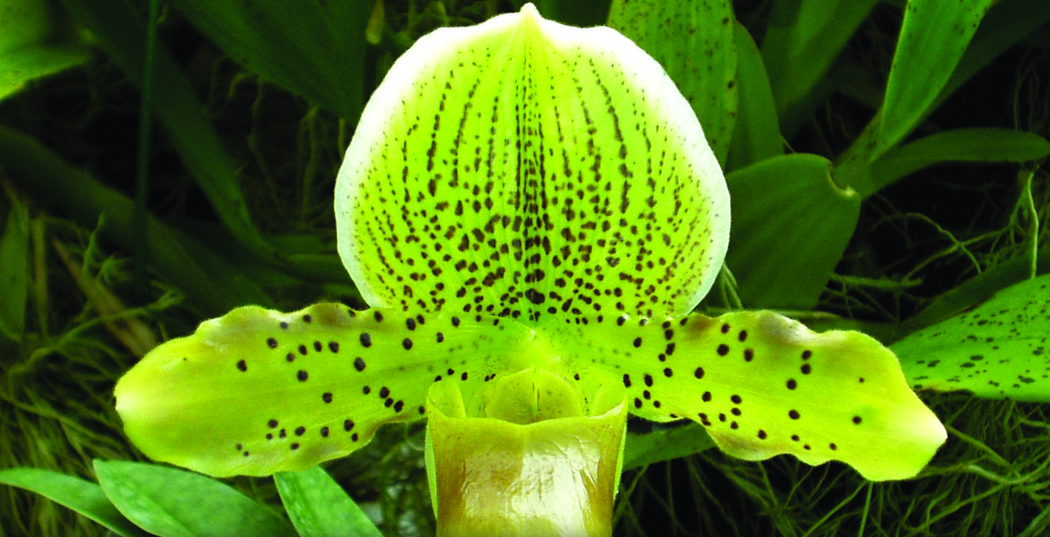
Be It Ever So Tiny, There’s No Place Like Home: Tiny Houses on a Big Island
By Cynthia Sweeney
In 1970, the size of the average, single family home in the U.S. was 1,500 square feet. In 2009, in the country that originated the phrase “Super-size Me,” that average peaked at 2,630 square feet.
After decades of increasing in size, U.S. Census data shows that homes in the U.S. are now beginning to shrink. In 2010, the average sized house was down by 200 square feet.
People are downsizing for a lot of reasons. The foreclosure situation in the U.S. has given some no choice. For others, an increased awareness of their environmental footprint has them shifting gears, re-organizing their life and downsizing their domicile.
Just how far down?
Habitats Hawai‘i creates tiny custom homes built on trailer platforms that measure about 145 square feet. Yes, only 145 square feet!
“It started with ‘Oh those are cute,’ and evolved to where we really see the need for our world to shift consciousness, simplify and downsize,” said Barrie Rose, who with Johanna Tilbury created Habitats Hawai‘i. “Our economy is dictating that. It’s a bit radical, but this totally works.”
The “Paniola” is Habitats’ model house and measures 16 x 9 x 14 feet. Step inside, however, and even the most skeptical will find that this is not your father’s camper. It is constructed like a conventional home, with two-by-four stud walls, birch plywood siding and wiring to code. There is a roomy loft for the bed and plenty of shelving. There is bamboo flooring, granite-like countertops, a double-burner propane stove and an on-demand hot water heater. There is detailed craftsmanship with finishes of Sapele wood custom cabinetry, and in the bathroom an overhead shower and composting toilet.
Barrie and Johanna built their first “Habitat” four years ago. (Johanna likes the word “trailer” Barrie does not.) Each Habitat is completely custom, from the drawing board to
the finishing touches.
Barrie has been a real estate agent since the 1970s and is well-known for her outgoing personality.
“I love working with people and designing space. This is a creative project and I’m really into the artistic side of it. I’m not interested in doing a plain box. Johanna is an accomplished, skilled craftsperson, and each house is unique,” Barrie says.
Johanna has been a licensed contractor for 30 years.
“Barrie has ideas, I build them,” she said. “I’ve been a builder forever and I hate the rules. I like to figure it out myself.”
Johanna is familiar with small spaces. In Seattle, she lived on a boat and is now most comfortable sleeping with micro-movements. The tiny house can gently mimic the motion of the ocean in the strong winds that blow through Waimea, where the model house is parked.
Which is not to say the houses are not stable. Each house is built, bolted, welded and totally integrated into its steel chassis. If anything, Johanna says, the houses are overbuilt. They are well insulated and, since there is no foundation, in an earthquake the house on wheels has a better chance of weathering tectonic jolts. And they can be hauled by a regular 4×4 truck.
All the Habitats are solar with water catchment and septic systems. The houses run on solar photovoltaic energy and include a handcrafted water catchment tank, with metal roof gutters to capture rainwater. Electricity can be run from a nearby house (“Everyone always asks where the TV is,” Johanna said).
Cost is another big factor in owning a tiny house. Completely built and delivered, the houses’ costs vary between $30,000 and $50,000, depending on building materials, size and accouterments.
“Providing affordable housing is our motivation,” Barrie said. “Our vision is that more and bigger do not equal better. This is a statement that asks us to take a look at that thought. Does a bigger house buy more happiness? Or is there more to take care of and more taxes to pay?”
The potential for these homes is limited only by the imagination. For the second year in a row, Habitats Hawai‘i was the most-visited site on the Grand Green Homes Tour of sustainable homes in West Hawai‘i. People are looking for their first house, for an ‘ohana for elders, relatives, kids returning from college or homes for semi-communal living, with several dwellings on a farm or large piece of property.
Johanna loves the flexibility of the homes, which allows her to be endlessly clever. There is storage space under bay window cushions. While the model has an indoor bathroom and loft for the bed, another home has a “push-out” for the bed and an outdoor shower.
“In this market (economy) we are trying to find a place in the middle, not too expensive, trying to keep costs down. Trying to bridge the gap between beautiful and too expensive,”
Barrie says.
The Small House Movement
The small house movement has been around in the U.S. for about 15 years, and is a somewhat countermovement to the “bigger and better” concept. Its beginnings are largely credited to the publication of the book, The Not So Big House, in 1997 by Sarah Susanka. The movement took off a few years later when Jay Slater co-founded the Small House Society and started selling tiny house plans as part of his Tumbleweed Tiny House Company.
Angela Leslee, who owns Aloha Massage Academy, a massage school in Kainaliu, had been watching the “Tiny House” movement on the Internet for a few years and had been wanting to get off the grid. When she found Habitats Hawai‘i, she worked with Barrie and Johanna to build her 146-square-foot house that has a full-size refrigerator, queen-size bed and a “guest room.”
Angela’s house has changed her life.
“It’s more than a house, it’s a lifestyle. It has been a process of whittling down and getting rid of what I don’t need. I had stuff I hadn’t seen in years,” she said, adding that when she moved into her new house last year, she actually had storage space left over. “Now, I make different choices (about buying things). I ask myself, ‘Do I really need this?’ I’m consuming less.”
Angela was an integral part of the design process for her tiny house, Hale Maluhia. She has a refrigerator-freezer that’s converted to solar, a 24” gas stove with four burners (“If I can have a real kitchen, I can live anywhere”) and a pullout counter for her Vitamix. She added details like custom, bamboo-etched glass in the kitchen cabinets and a doggie door.
“It’s exciting watching the little house come together. [Angela] made the decisions along the way and it fits her like a glove,” Johanna said.
Angela parked her house on a friend’s 16-acre parcel in Kealakekua. Hale Maluhia was designed with the area’s wetter climate in mind with a dehumidifier and Nyloboard, a “green” building material that is impervious to mold and dry rot.
Angela also embraces indoor/outdoor living with a 170-square-foot lanai. Her shower, sink and composting lua are all outdoors. She also has a storage shed for garden tools and luggage.
And to her endless delight, she has discovered ‘dual purposing’ — finding more than one use for anything she can. Her phone is also her clock. The broiler is also a toaster. Her 17-inch laptop computer is also where she watches movies, and her bookshelf holds a Kindle.
“I haven’t given up anything. Technology has made it easy to live in a tiny space,” she said. “Why did I think I ever needed more? It’s such a relief to not be up-keeping so many possessions. I’m all about alternative living, dropping all your possessions down to just what you need. It’s kind of perfect.”
Okay, we get it. But isn’t there anything she misses about having a normal size house?
Angela doesn’t hesitate when she says, “Not one single thing.” ❖
Click to learn more about Habitats Hawai’i or phone Barrie Rose at 808.960.6785.


